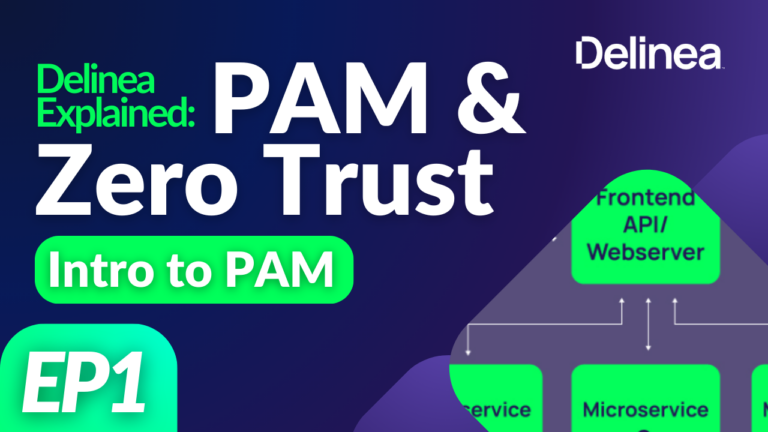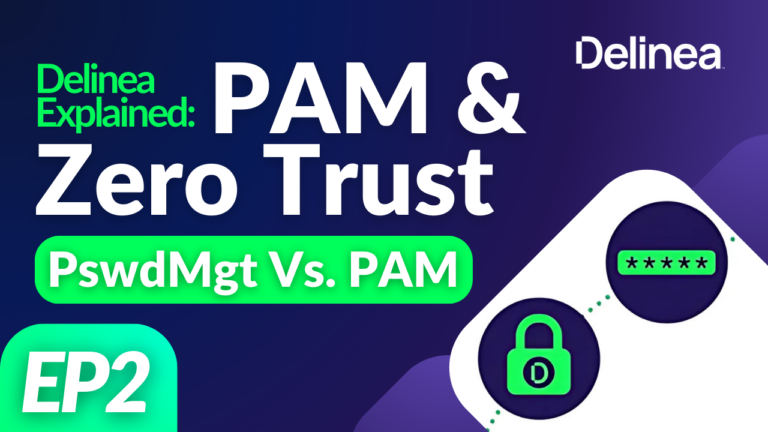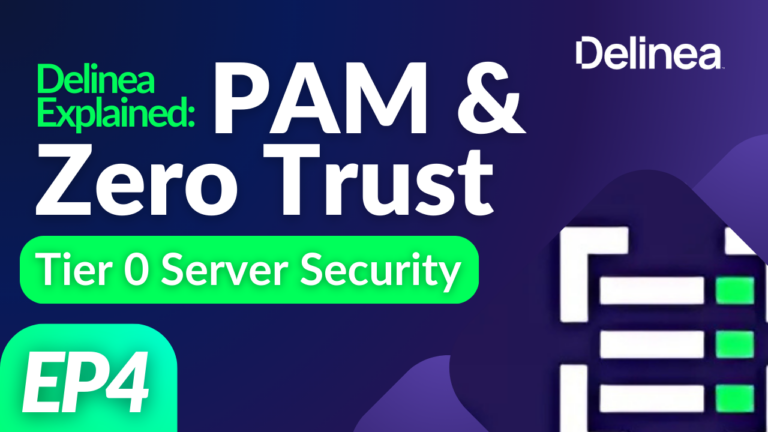Video Summary
Preventing lateral movement is a crucial challenge in modern cybersecurity, particularly as organisations scale their digital infrastructure. Lateral movement refers to the ability of users, whether legitimate or malicious, to access one system and then traverse to others within a network without restriction. Traditional methods such as SSH key access often lack granular control, making it easier for users to move between systems unchecked. Introducing a secure vault to manage and rotate credentials is a strong initial step, ensuring users authenticate properly and access systems with approved credentials. However, true prevention requires more than authentication. By deploying privilege control agents on servers, organisations can enforce precise access policies per user, block unauthorised remote execution, and introduce real-time monitoring - drastically reducing the chance of lateral movement and improving compliance with standards like NIST and DORA.
Beyond basic access, it's critical to manage how and hen privilege is elevated. Just-in-time access models, supported by privilege control agents, allow users to log in with minimal rights and elevate only when necessary, based on approval workflows, time constraints, or multi-factor authentication. This approach prevents over-privileged access while supporting operational needs. Organisations can define exactly which commands are executable in Linux or what administrative actions are allowed in Windows, down to process-level controls. This level of granularity empowers users to work efficiently without compromising system integrity. Importantly, it allows users to access systems using familiar tools and accounts without relying solely on fixed vaulted credentials. This balance of flexibility and control helps enforce zero trust security principles while enabling secure, streamlined operations - ultimately reducing risk and enhancing resilience against internal threats.
Beyond basic access, it's critical to manage how and hen privilege is elevated. Just-in-time access models, supported by privilege control agents, allow users to log in with minimal rights and elevate only when necessary, based on approval workflows, time constraints, or multi-factor authentication. This approach prevents over-privileged access while supporting operational needs. Organisations can define exactly which commands are executable in Linux or what administrative actions are allowed in Windows, down to process-level controls. This level of granularity empowers users to work efficiently without compromising system integrity. Importantly, it allows users to access systems using familiar tools and accounts without relying solely on fixed vaulted credentials. This balance of flexibility and control helps enforce zero trust security principles while enabling secure, streamlined operations - ultimately reducing risk and enhancing resilience against internal threats.
Other Videos in this Series

Delinea Explained: Intro to PAM
Episode 1
Additional Resources
Who are Somerford?
We are a passionate group of people delivering innovation to our customers on their digital transformation journey.
Why Organisations Need Privileged Access Management
Discover the benefits of PAM, and why it is one of the most effective solutions.
Privileged Access Management Maturity Showcase
View our on-demand webinar showcasing Delinea's Privileged Access Management Maturity.
Get in Touch to Learn More
With specialist knowledge, skills and experience derived from supporting a broad range of FTSE 100, FTSE 250 and smaller companies Somerford Associates have a strong reputation for enabling digital transformation at scale, at pace and in budget.


